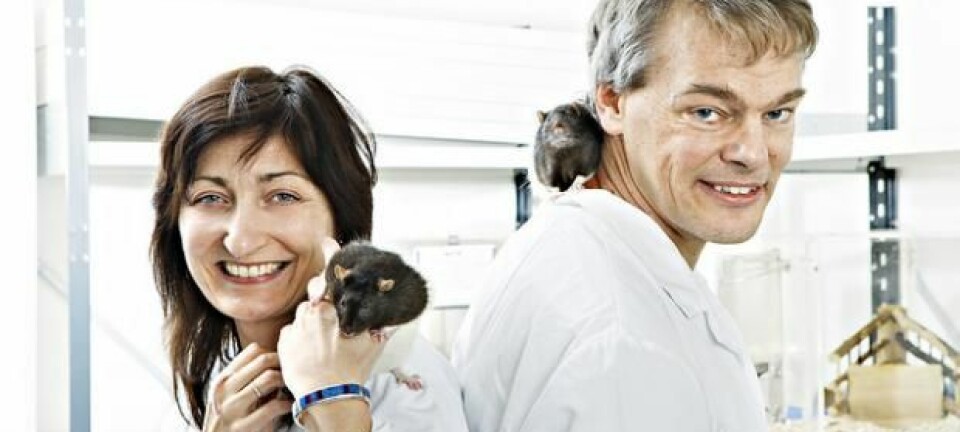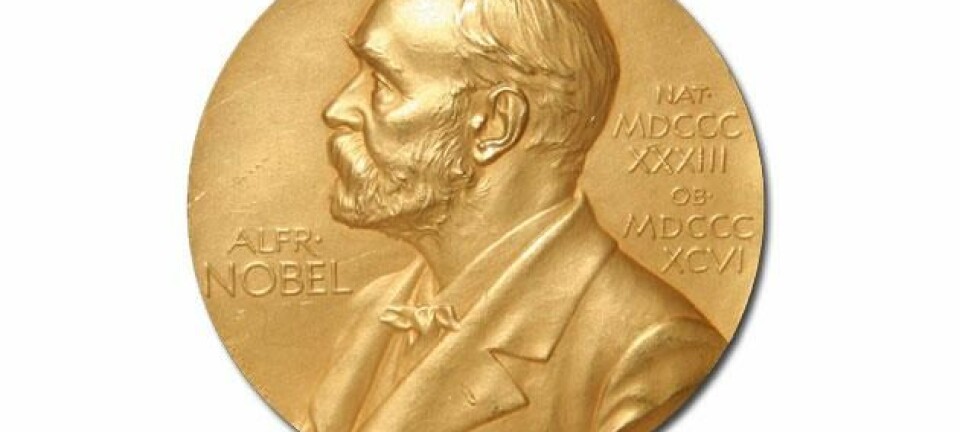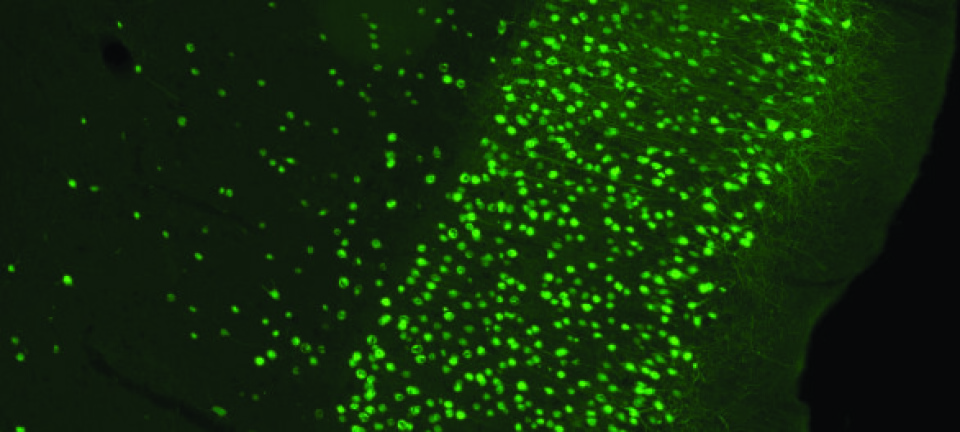This article is produced and financed by NTNU Norwegian University of Science and Technology - read more

From bomb shelter beginnings to the Nobel Prize
Two neuroscientists in Norway started their research in a university bomb shelter, and then went on to build a world-class laboratory and win the Nobel Prize.
Denne artikkelen er over ti år gammel og kan inneholde utdatert informasjon.
They grew up on Norway’s outer coast, “not exactly a centre of academic ferment or intellectual competition,” as new Nobel laureates and neuroscientists May-Britt and Edvard Moser have described it themselves.
They came from non-academic families. May-Britt’s father was a carpenter and she grew up on a farm, while Edvard’s father was a pipe-organ builder who had immigrated from Germany.
But with focus and determination, a sense of curiosity and patience, the pair have helped transform the world of behavioural neuroscience, and in doing so, have been recognized with a series of prestigious scientific awards, capped by the award of the Nobel Prize earlier this month, on 6 October 2014.
The Mosers share the prize with their former mentor and colleague, John O’Keefe of University College London, who also has a part-time professorship at NTNU.
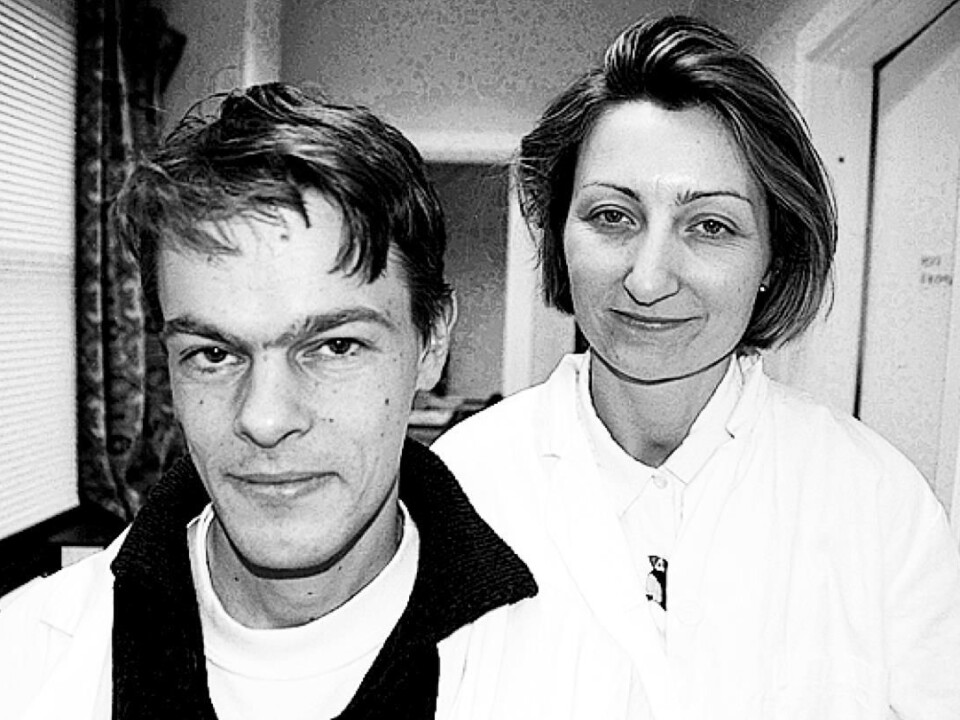
The Nobel Prize recognizes the Mosers’ discovery of a specialized type of neuron called a grid cell, which forms a kind of internal GPS in the brain. But their nearly two decades of research based at NTNU in Trondheim has contributed to a long series of scientific breakthroughs that have built on this discovery – and have gone far beyond it.
They and their team of PhDs and co-researchers have discovered border cells, which fire when you come to the border or edge of something; how the brain filters out distracting information; that our sense of direction is hard-wired; that memories are organized into discrete 125-millisecond-long packages; that the brain has the equivalent of a zoom button to control the resolution of its internal maps; that the brain has at least four different senses of location; and how to literally illuminate neural networks in the brain using viruses.
And it all began in a little bomb shelter in Trondheim in 1996, when the Mosers were given two positions at NTNU, along with the ability to build their own laboratory from scratch.
Not if, but when
No one who is familiar with the Mosers’ research was surprised that they had won the Nobel Prize, said Professor Juleen Zierath, Chairman of the Nobel Committee for Physiology or Medicine, in an interview after the award was announced.
“These discoveries don’t come out of the blue,” Zierath said. “It was already in the late 1960s and early 1970s that John O’Keefe made his seminal discovery of place cells and 30 years later, in 2005, the Mosers discovered the grid cells – so people working in the field and the broader area of science have been aware of these discoveries for some time and aware of the paradigm-shifting nature of their work. So I don’t know that it is such a surprise.”

Gunnar Bovim, NTNU Rector, said what was surprising about the award was that the Mosers were selected at a relatively early stage in their careers. “We weren’t so surprised that they won the Nobel Prize,” Bovim said. “But that they have won it now is an important recognition”.
From coastal Norway to a water maze laboratory
Fate brought them together not once, but twice, first as high school students in Ulsteinvik, where Edvard was a top student, while “I took it easy but did well when I exerted myself a bit,” May-Britt said in an interview with a regional newspaper that serves the area where the pair grew up.
Although they went to the same high school, it wasn’t until they were students at the University of Oslo that they got to know each other well, eventually marrying as undergraduates in 1985.
For a brief time, Edvard thought he would study chemistry, and then toyed with the idea of nuclear physics. But in the end it was psychology, with the promise of actually understanding the physiological underpinnings for behaviour, which caught their attention.
Difficult questions
From the beginning, they were asking questions that were difficult to answer, because their curiosity went beyond the boundaries of traditional disciplines.
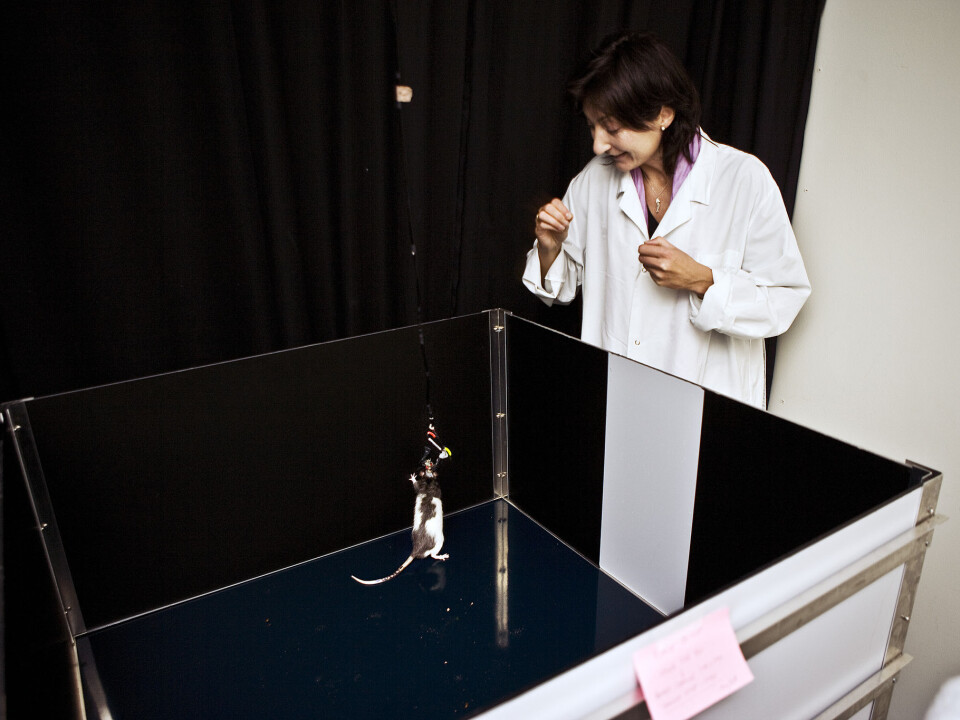
When they first started their studies, “there was not that much neuroscience or psychological neuroscience in Norway or actually even in the world,” Edvard said in an interview for a Kavli Foundation video. “It was quite difficult to find a place to do what we wanted, namely to study the neurological basis of behaviour and especially learning and memory, which we were particularly interested in.”
After completing undergraduate degrees in psychology in 1984, the pair determined that they needed to do a master’s degree with Per Andersen, who was a neurophysiologist with a research group at the University of Oslo.
The trouble was, Andersen had more than enough graduate students at the time and wasn’t that eager to take on two more.
But the Mosers would not take “no” for an answer. “We sat and we pushed him and said, ‘We need to take a master’s degree with you,’” May-Britt explained in the Kavli Foundation video.
Andersen finally agreed under the condition that the Mosers find a way to build a water maze laboratory, which had been used with great success by a British researcher named Richard Morris to study spatial learning and memory. The next thing they knew, they were purchasing water tanks and building the lab.
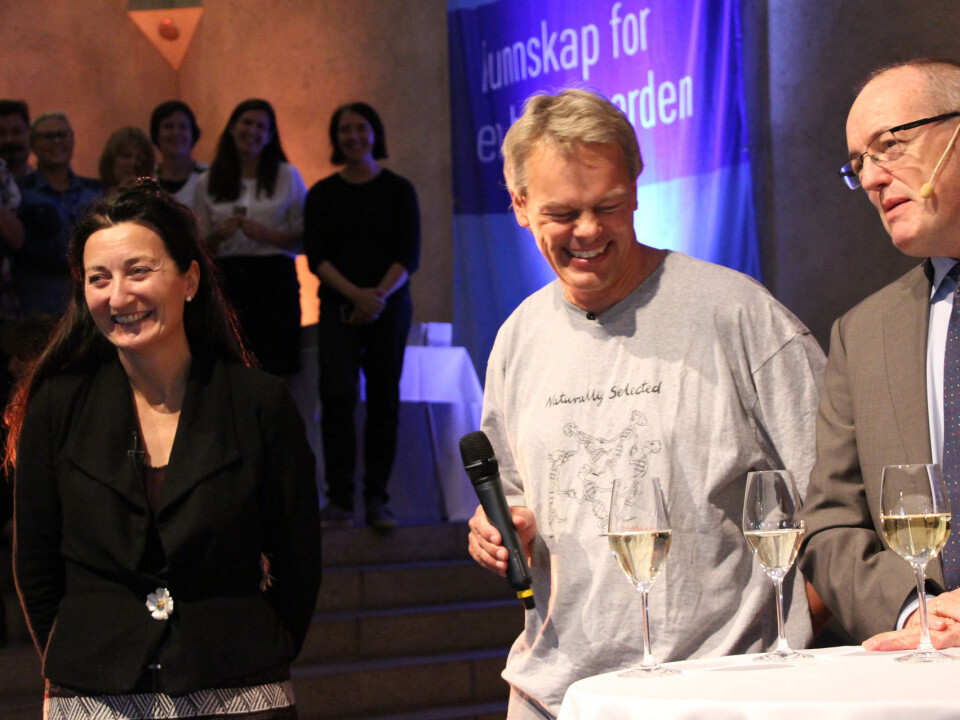
It would prove to be a good experience – they published the results of their water maze research in the Journal of Neuroscience and subsequently pursued their PhDs with Andersen – but also inadvertently gave them the training for their next big assignment upon completing their doctorates – constructing a research lab in Trondheim.
O’Keefe, a job offer and the bomb shelter
The Mosers finished their PhDs in late 1995, and then spent time as post-doctoral students in the laboratory of John O’Keefe, with whom they won the Nobel Prize.
O’Keefe taught the pair how to implant electrodes in the brains of rats so that they could listen in on the brain’s electrical activity as the rats roamed freely in a box. “This was probably the most intense learning experience in our lives,” the pair recalled.
Then – a job offer came from NTNU. The Mosers negotiated for two jobs from the university, as well as equipment to start up their own lab. The location was a former bomb shelter. But the Mosers didn’t care. Their start-up in 1996 was called the Laboratory for Memory Studies.

“There were no animal housing facilities, no workshops and no technicians,” the pair has written. “We did all the work on our own, we cleaned rat cages, changed bedding, sliced brains and repaired cables.” With the labour came a distinct benefit: “Starting from scratch gave us the opportunity to shape the lab exactly as we wanted it.”
Seven groups and a global reach
The Mosers’ once modest laboratory is now the Kavli Institute for Systems Neuroscience and the Centre for Neural Computation (KI/CNC). Where once there was a married couple cleaning their own animal cages, there are now six research groups with a total of roughly 100 researchers, with a seventh group scheduled to move to Trondheim in 2015. Neuroscientists who have studied in Trondheim with the Mosers can be found across the globe.
Along the way, the couple have been named members of the Norwegian Academy of Science and Letters based in Oslo, The Royal Norwegian Society of Sciences and Letters based in Trondheim, and have been elected to the European Molecular Biology Organization (EMBO) and as foreign associates to the US National Academy of Sciences, among many other honours.

The KI/CNC is also member of the Norwegian Brain Centre, hosted by NTNU, which is home to what may be the largest infrastructure for systems neurophysiology in the world. The couple has also been recognized with a wealth of scientific and research prizes over the years, culminating with the award of the Nobel Prize in Physiology or Medicine this year.
In an article written for the Dana Foundation’s magazine Cerebrum, the Mosers explained why studying how the brain creates a sense of where we are has been so powerful in helping scientists understand how neural networks are built.
“The significance of these findings is that the reactions of the neurons can be matched to what is found in the external world,” the Mosers wrote. “It is still too difficult to trace other types of complex thinking to their sensory origins. Where information is combined across sensory systems, the firing patterns of the neurons involved are too diffuse for us to detect patterns and relationships to what is happening in the external world.”
At least not yet.

This article is produced and financed by NTNU
NTNU - Norwegian University of Science and Technology is one of 77 owners of ScienceNorway.no. Its communication staff provide content to forskning.no. We label this content clearly to distinguish institutional outreach from independent editorial content. Read more about this arrangement here.ubtitle







